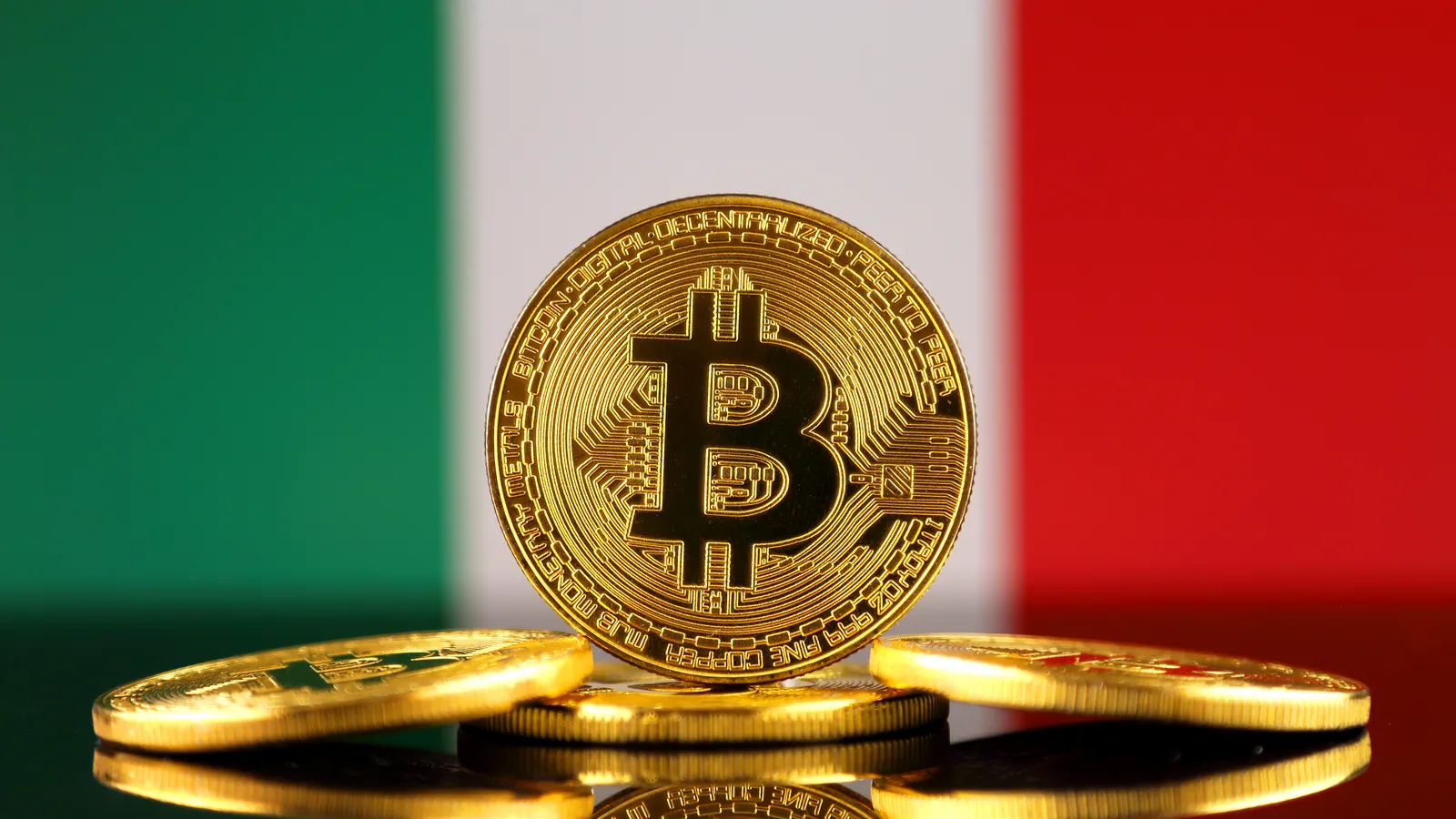Italy’s largest bank, Intesa Sanpaolo, has recently become the first Italian bank to invest in Bitcoin, having purchased 11 bitcoin totaling some one million euros. The decision was celebrated by head of digital assets trading, Niccolò Bardoscia, in a leaked email that stated “As of today 13/01/2025, Intesa Sanpaolo owns 11 bitcoins. Thanks to everyone for the teamwork, this result would not have been possible without each of you.” The crypto acquisition marks a stark shift in the traditionally conservative approach to finance of Italian institutions, but sets a forward-thinking outlook that aligns with a broader European trend of more crypto-friendly policies.
In this article, we dig a bit deeper into Intesa Sanpaolo’s crypto acquisition, how it reflects growing institutional confidence in crypto, and what the future of crypto looks like in the euro space.
Italy’s largest bank, Intesa Sanpaolo, invests in crypto
Italy’s largest bank, Intesa Sanpaolo’s acquisition of around €1 million in bitcoin represents a landmark moment in the history of Italian banking. It is the first bank in the country to invest in crypto directly, as given it is the largest, the knock-on effect of this decision could be game-changing for crypto adoption in Europe. Intesa Sanpaolo’s decision forms part of the bank's broader strategy to explore digital assets, having established a proprietary trading desk for digital assets in 2023 and begun handling spot trades with cryptocurrencies in 2024. Intesa Sanpaolo's CEO, Carlo Messina, described the investment as a “test”, in a bid to honor the bank's commitment to meeting the needs of its clientele.
Bitcoin’s value more than doubled in 2024, drawing significant retail and institutional attention to the crypto space. European regulations surrounding digital assets also matured during the year, with the European Union’s Markets in Crypto-Assets (MiCA) regulation coming into full effect on the 30th December 2024. This Regulation established a unified legal framework for crypto assets across the EU, providing greater clarity for issuers, service providers, and investors. By setting standards for transparency, consumer protection, and market integrity, MiCA has helped make it safer for investors, encouraging more widespread institutional adoption of digital assets.
Growing institutional confidence in crypto
Intesa Sanpaolo’s decision is not an isolated case. In Europe and further afield, financial and government institutions are increasingly recognizing the strategic value of introducing digital assets into their policies, or allocating a portion of their treasury to crypto. According to Reuters, Intesa’s foray into Bitcoin was prompted by internal demand and strategic foresight, with its digital assets trading desk designed specifically to meet growing interest from clients. Despite increasing its risk exposure, the bank’s approach remains measured, having invested its own funds into crypto assets.
This mirrors moves by other European financial institutions such as Deutsche Bank and Santander, which have also begun exploring crypto custody and tokenised assets, albeit with varying degrees of exposure. In April 2025, Spanish bank Santander announced its own strategy to roll out its own euro-pegged stablecoin, with a view to facilitating faster and more efficient cross-border transactions. The initiative plans to strengthen Santander’s position in the digital asset space and offer its customers a regulated and transparent on-ramp to crypto transactions; yet more proof that institutional confidence in crypto is maturing in the euro space from cautious interest to strategic implementation.
The future of crypto in the euro space
Crypto’s future in the euro space is brighter than ever. Retail adoption of digital assets has risen substantially. According to a survey by EY-Parthenon, 72% of retail investors now view digital assets as a core component of their wealth strategy, with 64% planning to increase their crypto allocations. The introduction of the Markets in Crypto-Assets (MiCA) regulation on December 30 2024 established a unified legal framework across the European Union’s 27 Member States, helping to create a safer environment for those looking to invest in digital assets.
On the institutional front, European banks are cautiously entering the crypto space. A study by Bitpanda and zeb Consulting revealed that while only 19% of EU financial institutions currently offer crypto services, 18% plan to expand their offerings within the next three years. The dominance of stablecoins in transaction volumes is another notable trend. Between July 2022 and June 2024, stablecoins accounted for an average of 52.36% of crypto transactions in Western Europe, indicating their growing role in facilitating payments and reducing volatility. Figures from IMARC Group suggest that the market will expand from USD 6.9 billion in 2024 to USD 27.6 billion by 2033, driven by regulatory advancements and the adoption of blockchain technology.
For more insights and reflections on crypto trends, trading, how to use Limitlex, or to open a trading account with us, visit www.limitlex.com.
